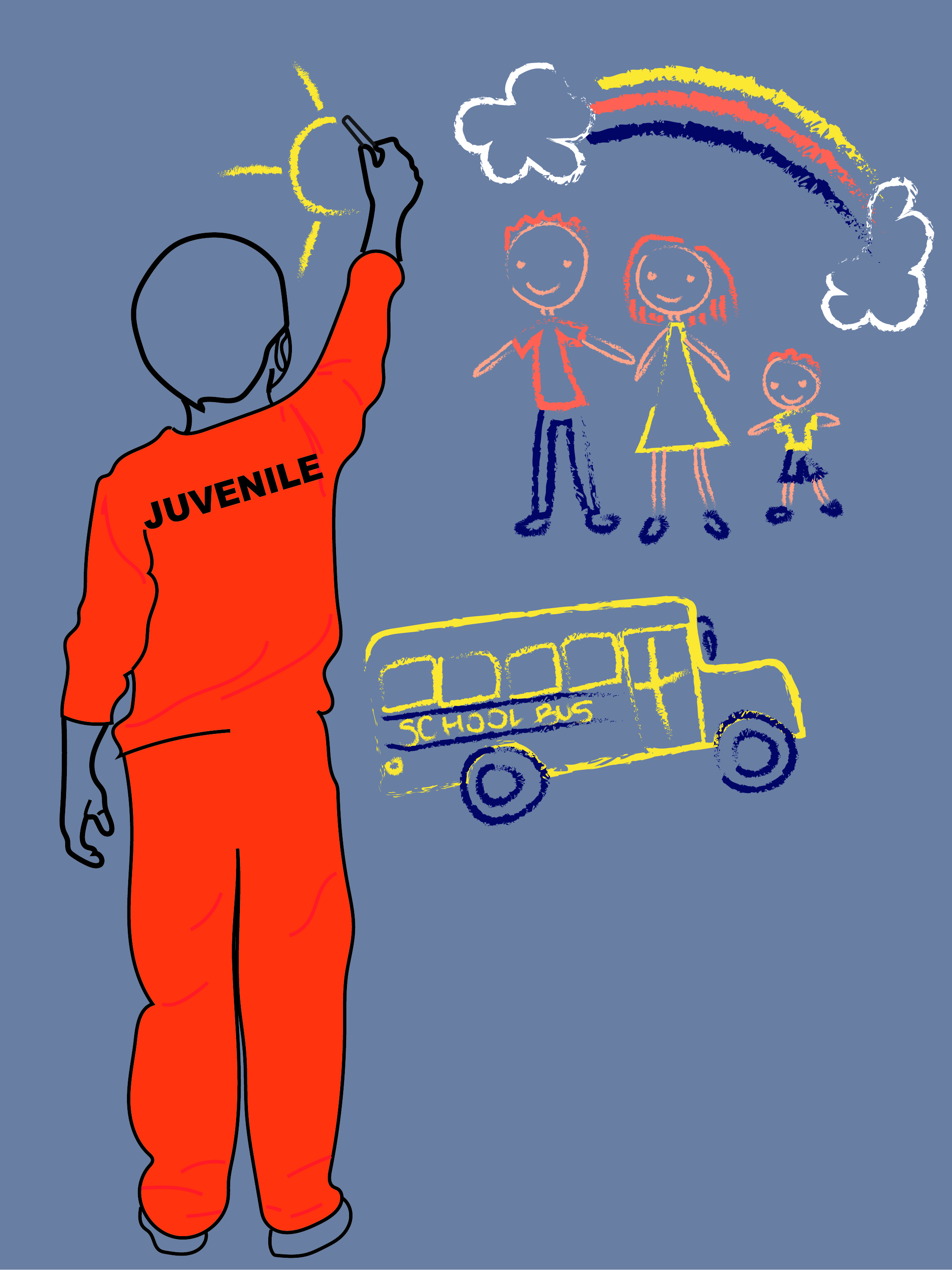France's Juvenile Justice System: A Review Of Proposed Sentencing Changes

Table of Contents
Current State of France's Juvenile Justice System
France's juvenile justice system, governed primarily by the Code de la justice des mineurs, operates under the principle of rehabilitation rather than solely punishment. However, its effectiveness remains a subject of ongoing discussion. The system focuses on individualized approaches, considering the age, maturity, and circumstances of the young offender. Current sentencing practices include a range of measures, from warnings and community service to detention in specialized centers.
- Types of offenses: Common offenses among French juveniles include theft, vandalism, drug-related crimes, and assault.
- Incarceration rates: While incarceration rates for juveniles are generally lower than those for adults, there are concerns about disproportionate representation of certain socio-economic groups.
- Strengths: The system emphasizes rehabilitation, education, and reintegration into society. Specialized courts and facilities aim to provide individualized support.
- Weaknesses: Critics argue that the system lacks sufficient resources, suffers from inconsistencies in application across different regions, and struggles to address the root causes of juvenile delinquency, such as poverty and social exclusion.
Proposed Sentencing Changes: A Detailed Analysis
The proposed reforms aim to address several perceived shortcomings of the current system. A key focus is on enhancing the effectiveness of rehabilitation programs and ensuring that sentences are proportionate to the offense committed. The proposals include:
- Increased use of restorative justice: This aims to involve victims and offenders in finding solutions to address the harm caused.
- Strengthened community-based sentences: More emphasis is placed on alternatives to detention, such as probation and community service.
- Clarified sentencing guidelines: The aim is to ensure greater consistency in sentencing across different courts and regions.
- Improved data collection and evaluation: This will allow for better monitoring of the effectiveness of different interventions.
The rationale behind these changes is multifaceted: reducing recidivism, promoting rehabilitation, and ensuring that the system aligns with international human rights standards for juvenile offenders. Specific examples include stricter sentencing for violent crimes while maintaining a focus on rehabilitation for less serious offenses.
Potential Impacts and Criticisms of the Proposed Reforms
The proposed reforms are expected to have both positive and negative impacts. Proponents argue they will lead to reduced recidivism, improved rehabilitation outcomes, and a more just and equitable system. However, critics raise concerns:
- Arguments in favor: Improved rehabilitation, reduced incarceration rates, increased focus on restorative justice, better alignment with international human rights standards.
- Arguments against: Concerns about leniency towards serious offenders, potential for increased workload on community services, insufficient resources to support the proposed changes.
- Potential unintended consequences: Increased pressure on already strained social services, potential for increased crime rates if rehabilitation efforts are unsuccessful.
The perspectives of various stakeholders, including judges, lawyers, social workers, victims' families, and human rights organizations, are crucial in evaluating the potential effects of these reforms.
Comparison with Other European Juvenile Justice Systems
A comparative analysis with other European juvenile justice systems reveals both similarities and differences. Many European countries emphasize rehabilitation and alternatives to detention, but the specific approaches vary. Some countries have successfully implemented specialized courts and programs focusing on early intervention and prevention.
- Examples of successful reforms: Norway's restorative justice programs, the Netherlands' focus on individualized interventions, and Scotland's emphasis on early intervention.
- Key differences: The level of emphasis on restorative justice, the availability of resources for community-based programs, and the use of detention as a last resort.
- Areas for improvement: France could learn from other European countries regarding resource allocation for community-based services and the implementation of effective early intervention programs.
Conclusion: The Future of France's Juvenile Justice System
The proposed sentencing changes represent a significant step towards modernizing France's juvenile justice system. While the potential benefits are considerable, careful consideration of potential drawbacks and ongoing evaluation are crucial. The success of these reforms will depend on adequate resource allocation, effective implementation, and continuous monitoring of outcomes. The future of France's juvenile justice system hinges on the thoughtful implementation and evaluation of these proposed changes. We encourage further research into this critical area, engaging with relevant organizations and staying informed about the ongoing developments in this evolving field. Understanding the nuances of France's juvenile justice system and its reform efforts is essential for ensuring a fair and effective system for young offenders.

Featured Posts
-
 Yevrobachennya 2025 Konchita Vurst Nazvala Chotirokh Potentsiynikh Peremozhtsiv
May 25, 2025
Yevrobachennya 2025 Konchita Vurst Nazvala Chotirokh Potentsiynikh Peremozhtsiv
May 25, 2025 -
 Dr Terrors House Of Horrors A Complete Guide
May 25, 2025
Dr Terrors House Of Horrors A Complete Guide
May 25, 2025 -
 The Skinny Jab Revolution Black 47 And Roosters Todays Best Tv And Streaming Options
May 25, 2025
The Skinny Jab Revolution Black 47 And Roosters Todays Best Tv And Streaming Options
May 25, 2025 -
 Third Straight Day Of Losses For Amsterdam Stock Exchange Market Down 11
May 25, 2025
Third Straight Day Of Losses For Amsterdam Stock Exchange Market Down 11
May 25, 2025 -
 Understanding The Hells Angels Myths And Truths
May 25, 2025
Understanding The Hells Angels Myths And Truths
May 25, 2025
